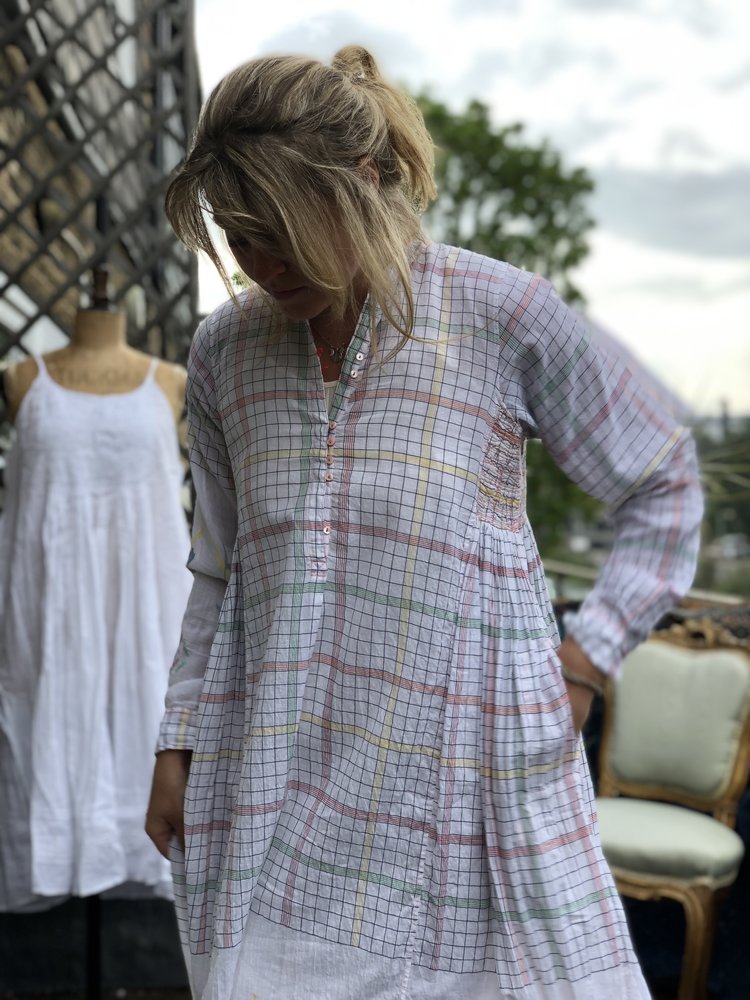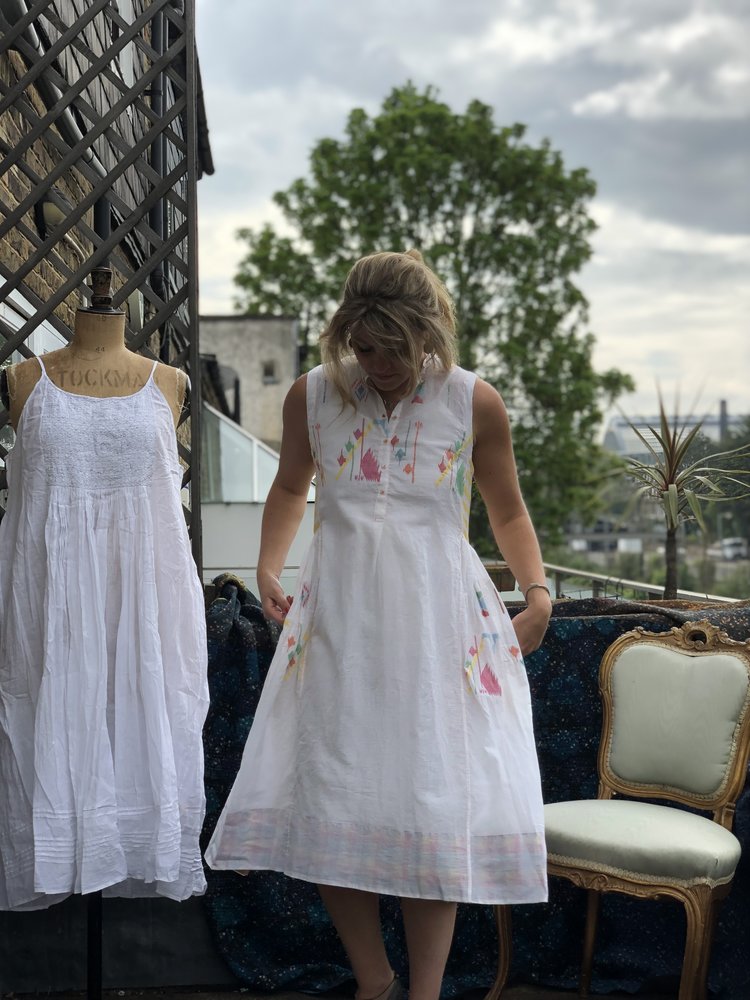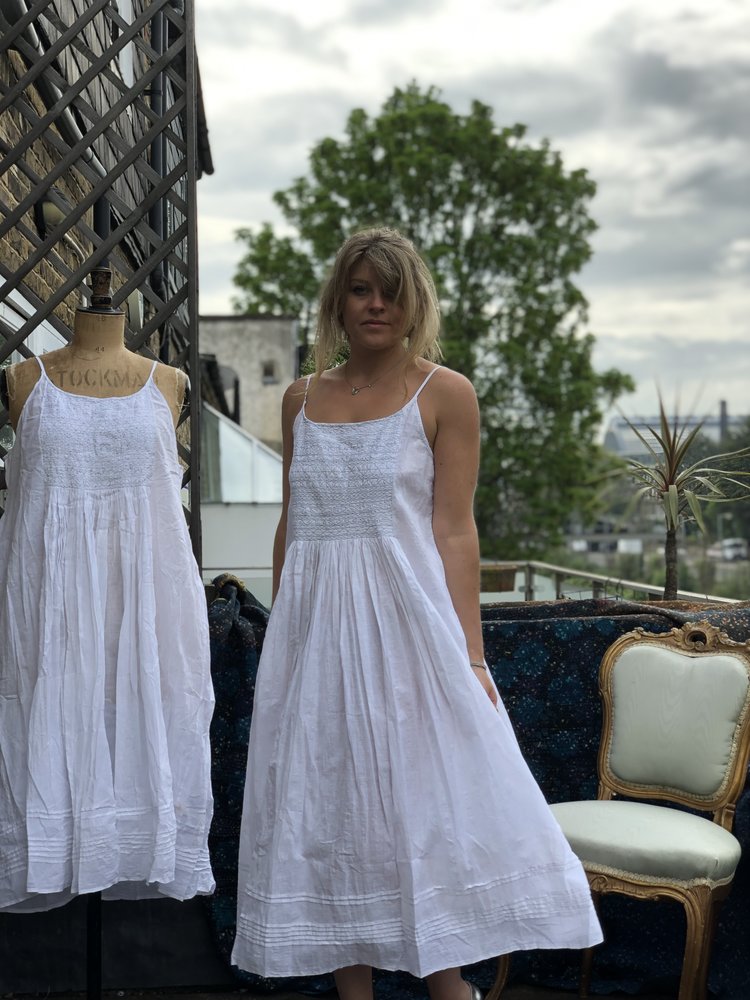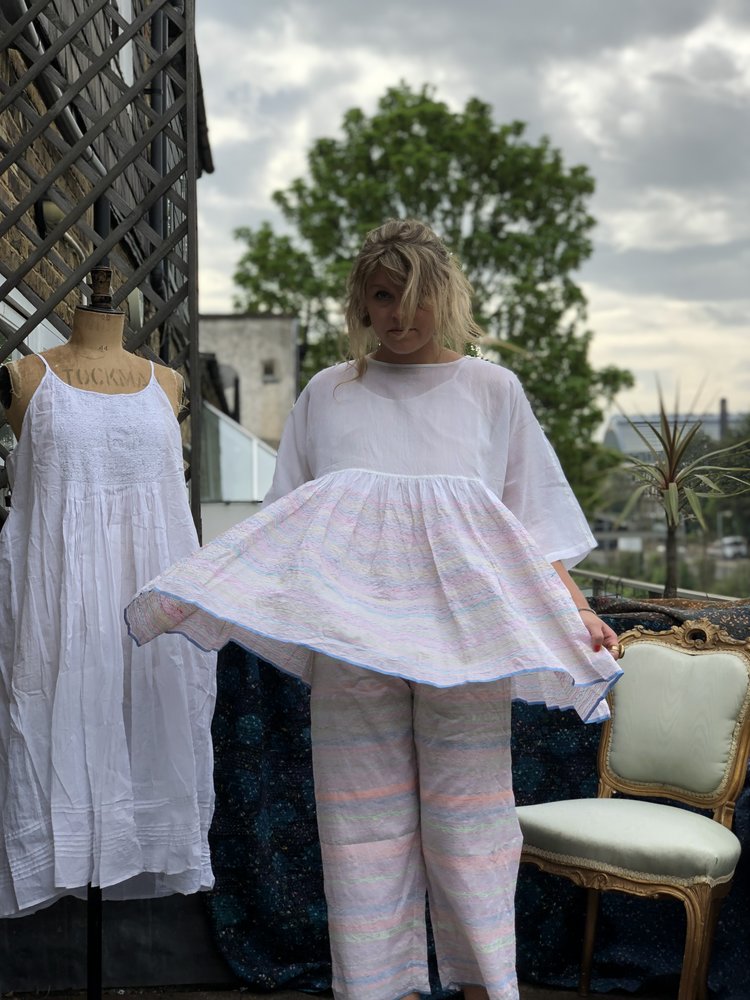Exploring Muslin - why we love it and where it comes from
What is muslin?
Muslin is a plain-woven cotton fabric that has been admired for its simplicity and durability throughout history. The best qualities of muslin are woven from evenly spun warps and wefts and are fine and smooth in texture, beautifully light and delicate and wonderfully soft against the skin. They are given a soft finish, bleached or piece-dyed, and are sometimes patterned in the loom or printed.
Where does muslin come from?
Muslin originates from Dhaka, (formally known as Dacca) the capital city of Bangladesh in the Indian State of West Bengal, however it is believed to take its name from Mosul, the city in Northern Iraq were Europeans, namely Marco Polo, first discovered the fabric and began to export it across the world.
Dhaka muslin became world famous for its delicacy and thinness and exporters had a monopoly business during that time in Asia, Europe, North American and the African region.
However, during British colonial rule in the 17th and 18th centuries the Bengali muslin industry was ruthlessly suppressed by various colonial policies, which favoured imports of industrially manufactured textiles from Britain. William Bolts, a legendary merchant noted in 1772 that there were instances where “thumbs were cut off” in order to stop the production of muslin. As a result, the quality of muslin suffered greatly and its finesse was nearly lost for two centuries.
The British colonials did a very good job of suppressing the muslin trade, however there are reports of its influence still existing across Europe during the 17th and 18th Century. The leaders in European style, the French Aristocracy, were reporter to have favoured the delicate Dkaka muslin and Queen Mary Antoinette and Empress Josephine Bonaparte are both reported to have requested it in replace of silk. Georgiana, Duchess of Devonshire, is credited with introducing muslin gowns to the British. She sent a gift to Caroline Lamb, her niece, for her wedding with William Lamb, the gift was the finest muslin with lace sleeves. Soon after, British women were using a kind of muslin called Shor-bondo as scarves and handkerchiefs.
However, this latter muslin the British reproduced was not of the quality of the once world-renown Dhaka muslin who’s spread and influence was almost completely destroyed by the British colonials by the late 18th Century.
Today, there is a growing movement of people determined to revive and restore the original techniques used to create traditional Dhaka muslin from Bengal. A Muslin Festival was held in Dhaka in 2016 and as people become more educated to traditional muslin we’re hoping it’s influence will spread; helping revive a lost craft and create more jobs in local Indian communities. Our latest Muslin collection features muslin of the finest quality, it’s light and delicate and a joy to wear, shop it here.




